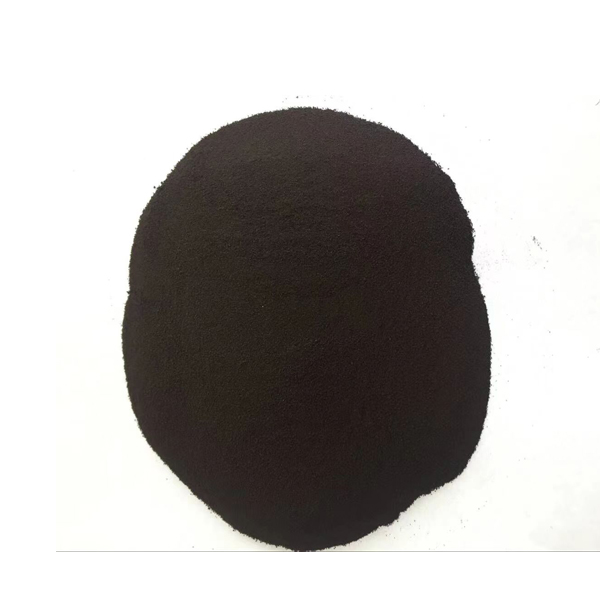
News
ਫਰ. . 13, 2025 16:02 Back to list
best micronutrients for plants factory
The growth and vitality of plants owe much to a group of essential nutrients that enable various biological processes. Among the essential nutrients, six micronutrients play pivotal roles despite being required in minute quantities. These are iron (Fe), manganese (Mn), zinc (Zn), copper (Cu), molybdenum (Mo), and boron (B). Each has distinct functions contributing to the overall health of the plant, contributing to improved productivity and resilience.
Copper (Cu) plays an essential role in lignin synthesis, which reinforces plant cell walls and contributes to structural integrity. It is also involved in several physiological processes, including photosynthesis and respiration. Symptoms of copper deficiency include wilting, dieback of stems and twigs, and leaf chlorosis. Applying copper sulfate or copper chelates can improve copper uptake, especially in high organic matter soils where it might be otherwise unavailable. Molybdenum (Mo) is vital for nitrogen fixation in legumes and nitrate reduction in other crops. It acts as a cofactor for the enzyme nitrate reductase, facilitating the conversion of nitrates into ammonia. Molybdenum deficiency often leads to older leaves yellowing and inadequate seed formation. Sodium molybdate is commonly used to correct deficiencies. Given its critical role in both agricultural productivity and environmental sustainability, precise molybdenum management is necessary. Lastly, Boron (B) is integral to cell wall formation and reproductive development. It facilitates the movement of sugars and carbohydrates necessary for flowering and fruiting. Boron deficiency is marked by distorted growth, poor pollination, and fruit set, impacting yield and quality. Borax or soluble boron fertilizers are effective in addressing deficiency in soils with insufficient boron availability. Understanding and managing these six micronutrients is key for optimizing plant health and agricultural productivity. By incorporating tailored applications based on soil and plant tissue testing, farmers can improve crop yields, quality, and resilience against various stressors. Moreover, sustainable micronutrient management strategies align with environmental protection goals by preventing over-fertilization and runoff into water bodies. Such careful and informed nutrient management underscores the importance of expertise and trustworthiness in creating sustainable agriculture systems that are both productive and environmentally conscious.


Copper (Cu) plays an essential role in lignin synthesis, which reinforces plant cell walls and contributes to structural integrity. It is also involved in several physiological processes, including photosynthesis and respiration. Symptoms of copper deficiency include wilting, dieback of stems and twigs, and leaf chlorosis. Applying copper sulfate or copper chelates can improve copper uptake, especially in high organic matter soils where it might be otherwise unavailable. Molybdenum (Mo) is vital for nitrogen fixation in legumes and nitrate reduction in other crops. It acts as a cofactor for the enzyme nitrate reductase, facilitating the conversion of nitrates into ammonia. Molybdenum deficiency often leads to older leaves yellowing and inadequate seed formation. Sodium molybdate is commonly used to correct deficiencies. Given its critical role in both agricultural productivity and environmental sustainability, precise molybdenum management is necessary. Lastly, Boron (B) is integral to cell wall formation and reproductive development. It facilitates the movement of sugars and carbohydrates necessary for flowering and fruiting. Boron deficiency is marked by distorted growth, poor pollination, and fruit set, impacting yield and quality. Borax or soluble boron fertilizers are effective in addressing deficiency in soils with insufficient boron availability. Understanding and managing these six micronutrients is key for optimizing plant health and agricultural productivity. By incorporating tailored applications based on soil and plant tissue testing, farmers can improve crop yields, quality, and resilience against various stressors. Moreover, sustainable micronutrient management strategies align with environmental protection goals by preventing over-fertilization and runoff into water bodies. Such careful and informed nutrient management underscores the importance of expertise and trustworthiness in creating sustainable agriculture systems that are both productive and environmentally conscious.
Latest news
-
Polyaspartic Acid Salts in Agricultural Fertilizers: A Sustainable Solution
NewsJul.21,2025
-
OEM Chelating Agent Preservative Supplier & Manufacturer High-Quality Customized Solutions
NewsJul.08,2025
-
OEM Potassium Chelating Agent Manufacturer - Custom Potassium Oxalate & Citrate Solutions
NewsJul.08,2025
-
OEM Pentasodium DTPA Chelating Agent Supplier & Manufacturer High Purity & Cost-Effective Solutions
NewsJul.08,2025
-
High-Efficiency Chelated Trace Elements Fertilizer Bulk Supplier & Manufacturer Quotes
NewsJul.07,2025
-
High Quality K Formation for a Chelating Agent – Reliable Manufacturer & Supplier
NewsJul.07,2025
